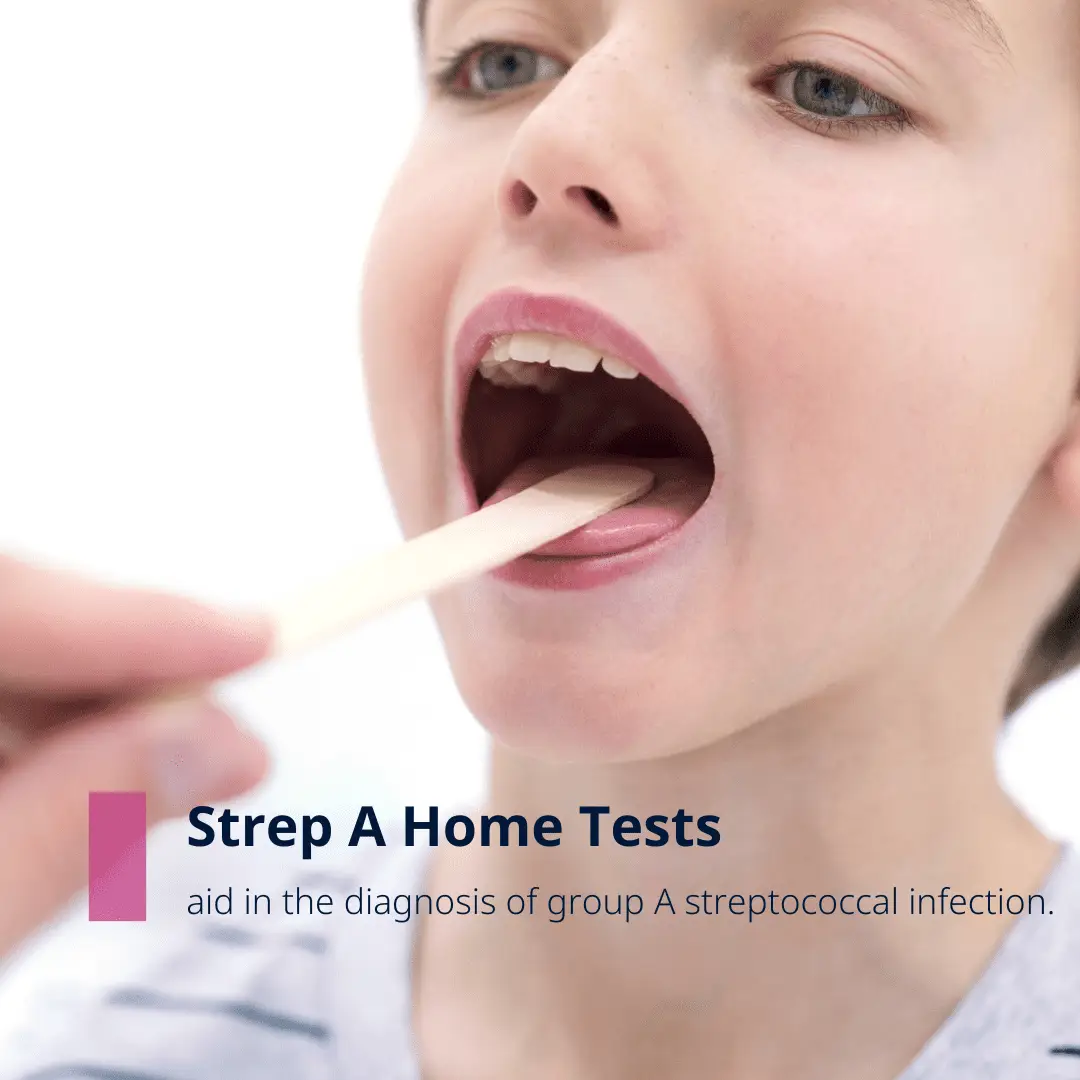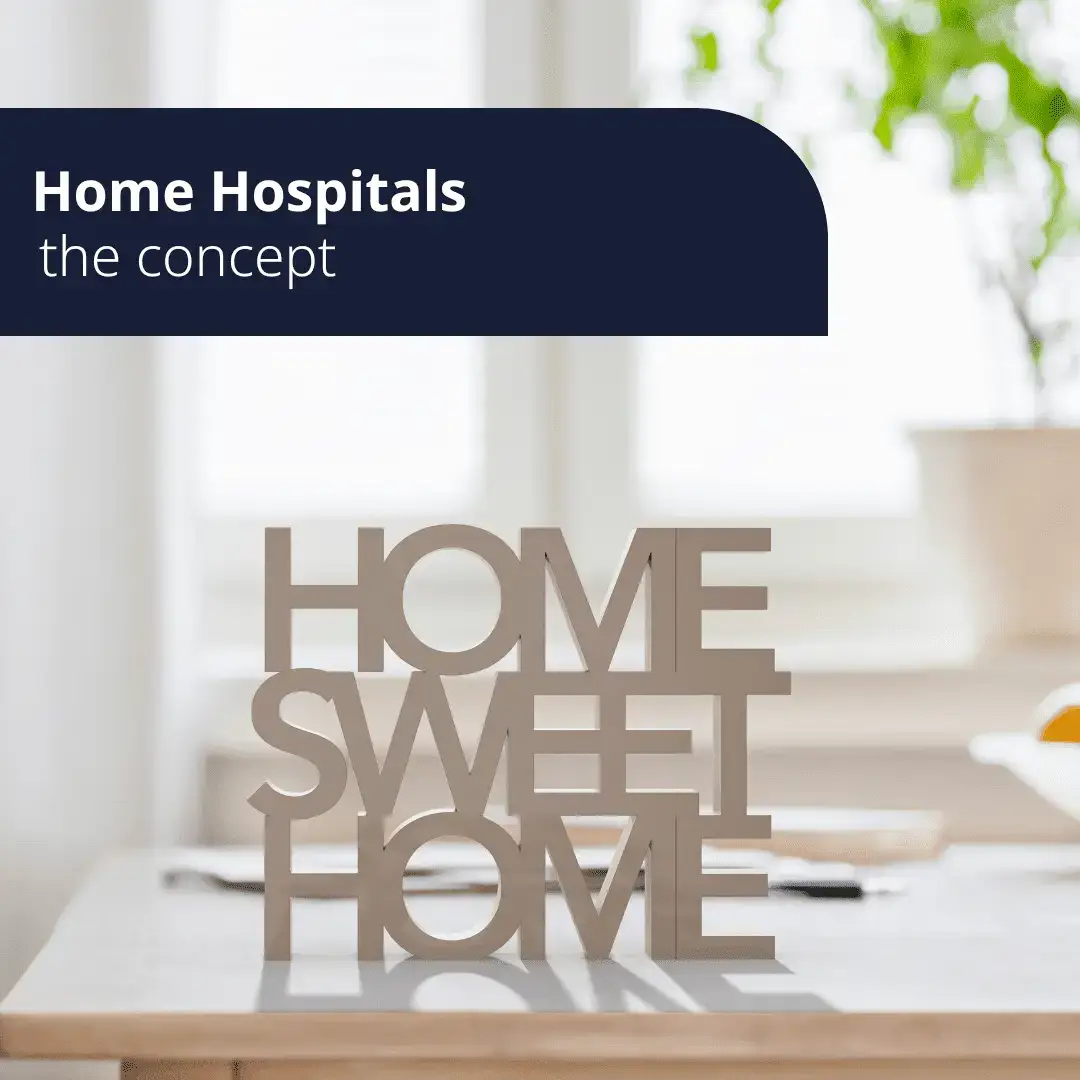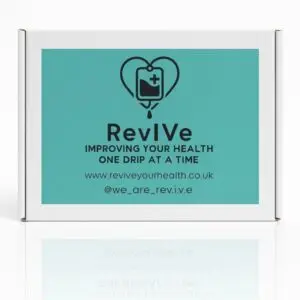If you have been following the news in the UK, you might have seen reports of Strep A infections that are popping-up all over the country. But trying to get an appointment with a healthcare professional might be difficult, as there is already a lot of pressure on the National Health Service (NHS). Plus, your […]













